Golden atlas cedar
jalcon
7 years ago
Featured Answer
Sort by:Oldest
Comments (17)
ken_adrian Adrian MI cold Z5
7 years agojalcon
7 years agoRelated Professionals
West Milford Landscape Architects & Landscape Designers · Fitchburg Landscape Architects & Landscape Designers · New Mexico Landscape Architects & Landscape Designers · Wake Forest Landscape Contractors · Bellefontaine Neighbors Landscape Contractors · Centereach Landscape Contractors · Dixon Landscape Contractors · Longview Landscape Contractors · Matteson Landscape Contractors · North Lauderdale Landscape Contractors · Pacifica Landscape Contractors · Palos Verdes Estates Landscape Contractors · Pompton Lakes Landscape Contractors · Rockwall Landscape Contractors · Irvington Landscape Contractorsstuartlawrence (7b L.I. NY)
7 years agojalcon
7 years agoEmbothrium
7 years agolast modified: 7 years agoEmbothrium
7 years agoMike McGarvey
7 years agolast modified: 7 years agojalcon
7 years agoMike McGarvey
7 years agolast modified: 7 years agojalcon
7 years agoEmbothrium
7 years agolast modified: 7 years agoMike McGarvey
7 years agojalcon
7 years agoEmbothrium
7 years agolast modified: 7 years agojalcon
7 years agojalcon
7 years ago
Related Stories
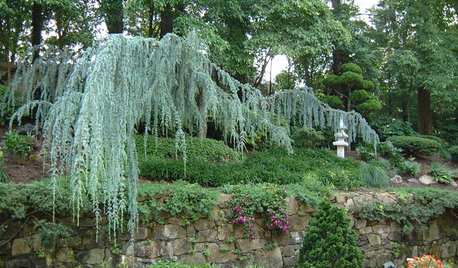
GARDENING GUIDESGreat Design Plant: Cedrus Atlantica ‘Glauca’
With its blue foliage and variety of shapes, blue atlas cedar earns its place in the sun
Full Story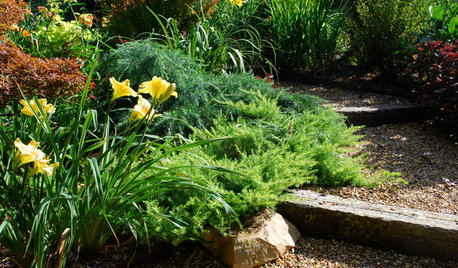
GARDENING GUIDESGreat Design Plant: Juniperus Conferta ‘Golden Pacific’
‘Golden Pacific’ shore juniper shines in sun or partial shade
Full Story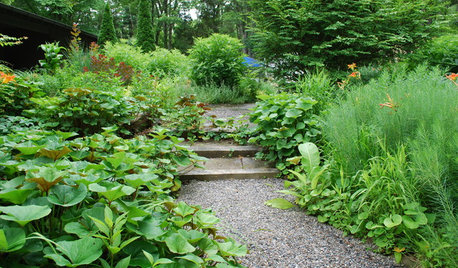
LANDSCAPE DESIGNTour a New American Garden in New Jersey
See how James Golden built his garden in a depression with wet clay and rogue cedars
Full Story
GARDENING GUIDESGreat Design Plant: Cedrus Deodara ‘Feelin’ Blue’
The smallest of the cedars softens a hardscape while bringing structure and texture to the garden
Full Story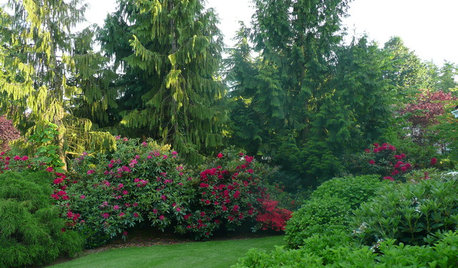
GARDENING GUIDESGreat Design Plant: Chamaecyparis Nootkatensis
Alaska cedar brings an element of sculpture to the garden
Full Story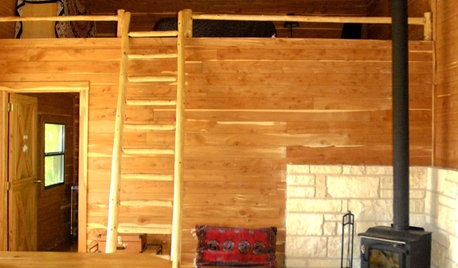
HOUZZ TOURSMy Houzz: Serene Cabin Retreat Near Austin
Cedar aplenty, soothing colors and minimal furniture create a relaxing escape in the heart of Texas Hill Country
Full Story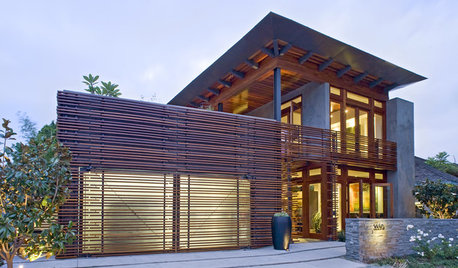
REMODELING GUIDESWood Slats in Design: Repetition, Scale and Light
Wood Screens Create Privacy, Delicacy, and Sometimes a Golden Glow
Full Story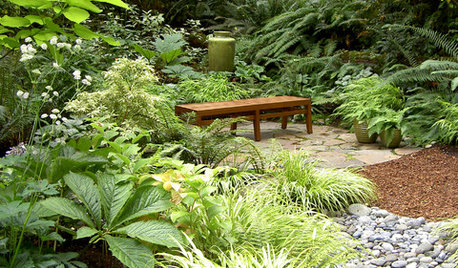
GARDENING GUIDESGreat Garden Combo: 6 Beautiful Plants for a Shady, Wet Site
Transform a shade garden with moisture-loving golden grasses, textural leaves and a sprinkling of flowers
Full Story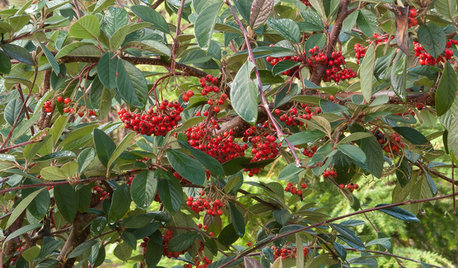
GARDENING GUIDESGreat Design Plant: Cotoneaster Lacteus
Parney cotoneaster is a low-maintenance, four-season shrub that offers great foliage, spring flowers and jewel-like berries
Full Story
MOST POPULARHouzz Call: Show Us Your Winter View!
Share pictures of your home and garden in winter — whatever your climate, architecture and plantings
Full StoryMore Discussions






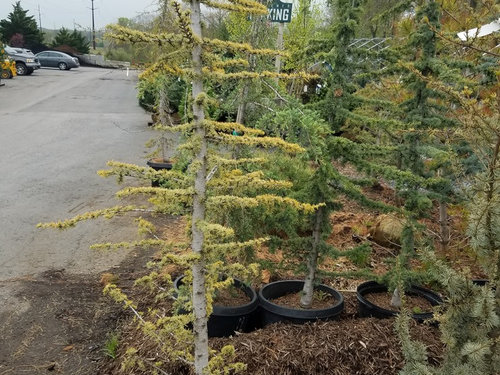
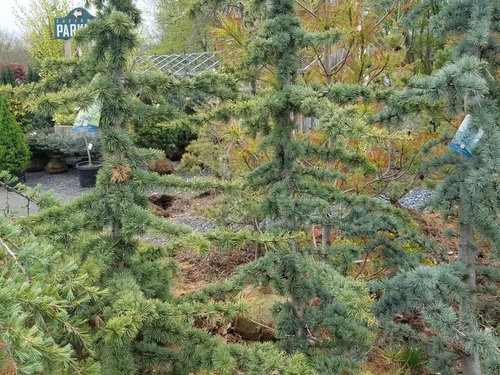
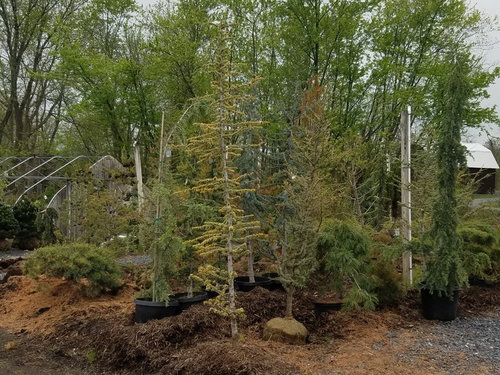




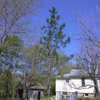
stuartlawrence (7b L.I. NY)